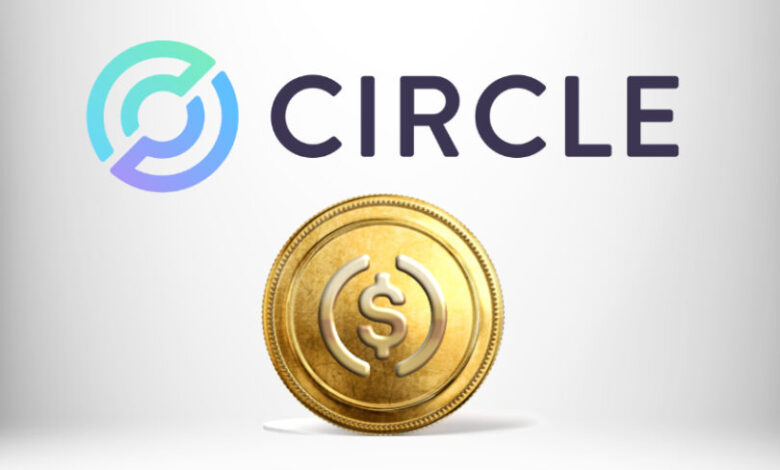JP Morgan Slaps “Underweight” on Circle, Despite Strong USDC Outlook

JP Morgan analysts launched coverage of Circle on Monday with an “Underweight” rating, arguing the stablecoin issuer’s stock has surged too far since its highly anticipated IPO ignited Wall Street’s enthusiasm for stablecoins.
“We think highly of the Circle management team and are confident in the outlook for outsized stablecoin and USDC growth,” the analysts wrote. “However, we see Circle’s current market capitalization elevated.”
JP Morgan set a price target of $80 per share for year-end 2026, valuing Circle at a 45x price-to-earnings ratio—a multiple they say aligns with peers such as Robinhood. That target also includes a $10 premium to reflect what they describe as “current investor enthusiasm for the stablecoin and USDC outlook.”
Circle shares were trading around $186.50 on Monday, up more than 3%, even after falling 25% the previous week, according to Yahoo Finance. Since debuting on the NYSE, the stock has climbed as high as $299.
Circle’s core revenue model depends heavily on the assets backing its USDC stablecoin—mainly cash and U.S. Treasuries. JP Morgan’s note pointed out that over 95% of Circle’s revenues are tied to reserves, making it highly sensitive to interest rate moves.
While lower rates could squeeze profitability, analysts said Circle might outperform expectations if rates stay higher for longer.
Competitive landscape and regulatory challenges
JP Morgan also warned that new stablecoin legislation moving through Congress could open the door to increased competition from major banks and consumer brands launching their own dollar-pegged tokens.
Still, the analysts said Circle has an edge thanks to its compliant and trusted brand, which could prove attractive to more conservative financial institutions.
“Stablecoin regulation is progressing in the U.S.,” they wrote. “The passage of stablecoin regulation could be a greater catalyst for stablecoin adoption in the U.S. and abroad, and we see USDC as a winner.”
However, tougher capital requirements under new laws could require Circle to hold more reserves for redemptions, potentially limiting USDC’s growth.
The note also highlighted risks from tokenized money-market funds (tMMFs), which could steal market share from stablecoins by offering investors actual yield—a key feature USDC lacks.
Analysts cautioned that competition from tMMFs, as well as potential central bank digital currencies (CBDCs) in regions like the EU, could weigh on USDC’s global scale. They also noted that former U.S. President Donald Trump signed an executive order banning a U.S. CBDC earlier this year, removing that risk domestically for now.
Takeaways for Investors and the Gulf Market
JP Morgan’s cautious stance on Circle’s valuation is justified, given the company’s sensitivity to interest rates and looming competition. Yet as stablecoin regulation gains momentum, Circle’s regulatory-first strategy stands out as a key advantage. Investors betting on stablecoins as foundational financial infrastructure should expect short-term volatility, but Circle remains one of the few firms genuinely building for the long term.
In the Middle East, where regulatory clarity and banking partnerships are crucial, Circle’s approach provides a clear blueprint for integrating stablecoins with traditional finance. Still, as JP Morgan highlights, valuation matters — even the best-positioned players risk disappointment if market expectations outpace adoption. Gulf investors would be wise to track both Circle’s market share and the evolving regulatory landscape shaping this emerging space.





